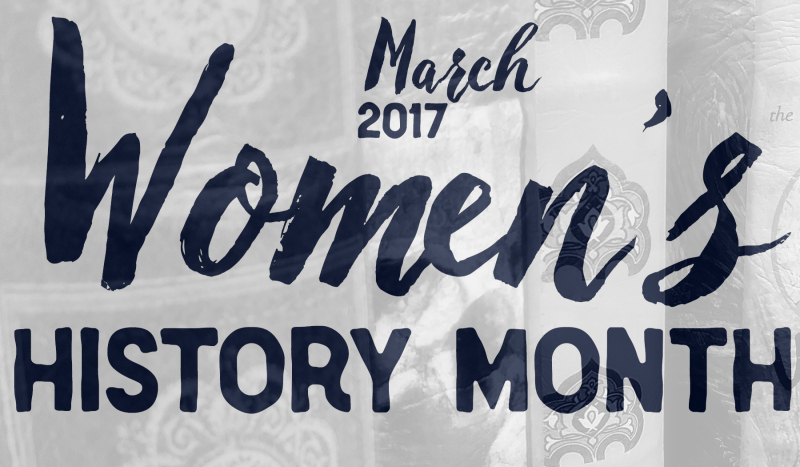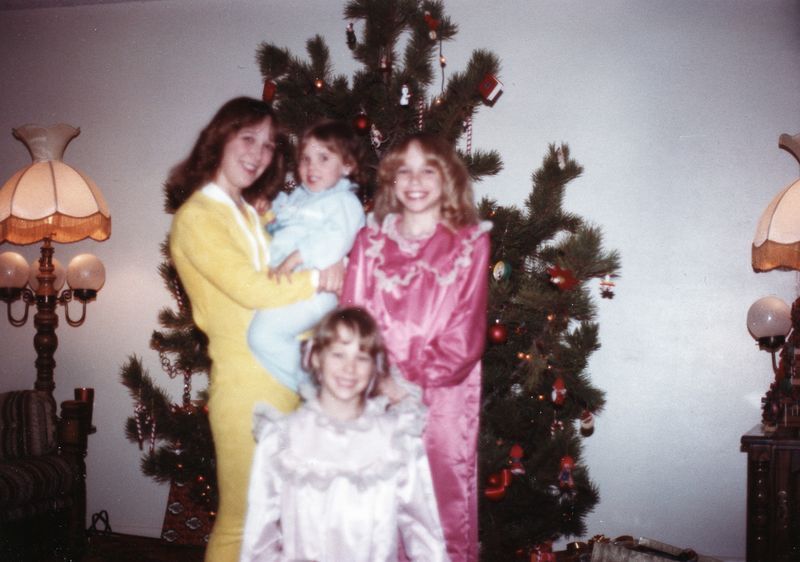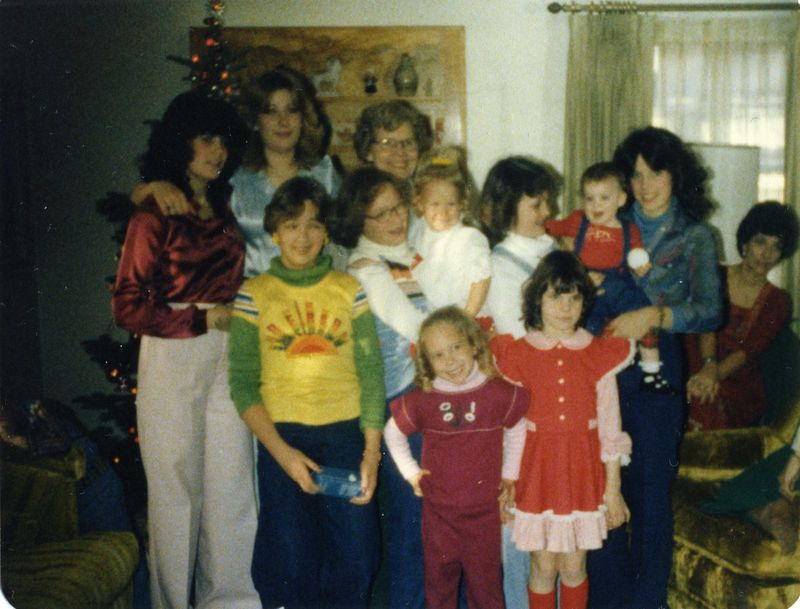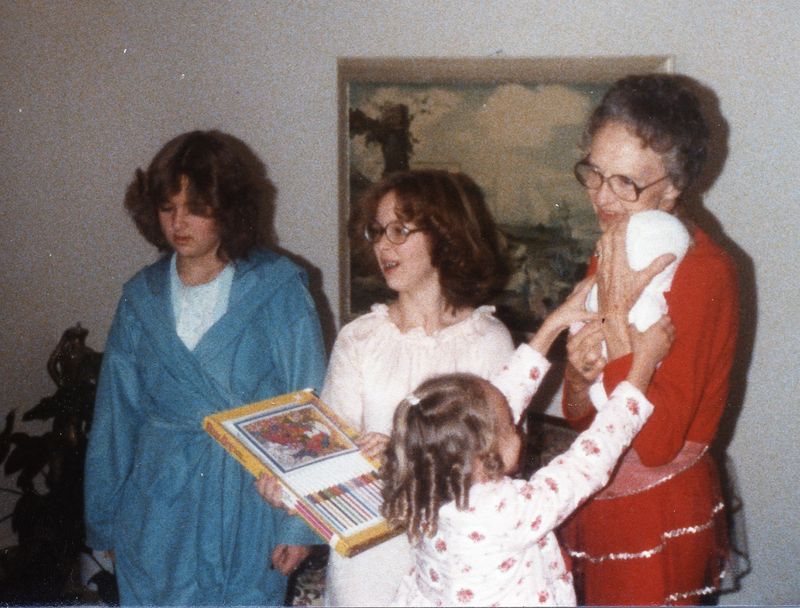A memory I thought of this morning:
In the 90s, there was a short story magazine called Story. It was a beautiful publication, bound like a paperback rather than a magazine, with heavy cardstock covers and thick paper. I’m not sure how I found it, but once I did, I subscribed to it and when it came in the mail I would read the whole thing. This was during the years when I was a newlywed and then when we were building our house.
In one issue, the first one that came to my mailbox at our new house, there was an advertisement: Story was having a contest. You could submit your work and if you won, your story would be published.
I wanted to have a story published in that literary magazine. I wanted a copy of it, with my name in the table of contents and my words printed on that thick paper.
And at that point, I was always writing stories, so I finished and polished the one I thought was best, printed it, and got it ready to mail.
But that’s not really the memory. Honestly, I’m not even sure what story I sent in. The memory that surfaced is different, and more painful.
There was a five dollar submission fee to enter the contest. Five dollars is not a big deal, but right then—when we’d put literally every single penny of our savings into our house—it felt like a big deal.
More than that, though, was that I didn’t want to write a check for $5 because I didn’t want to have to explain it to Kendell.
I literally never talked to him about my writing aspirations. Just the thought of it made me blush. (Literally…not the sexy blush, the ugly one.) Writing—the act itself, as well as the idea that I might think I could be successful at it—has always felt a little bit…shameful to me. Like it’s a cute aspiration a child might have, but not a grown up in the adult world. I didn’t want to tell my mom about it either, or my friends; it isn’t only true in my marriage, but everywhere. “I want to be a writer” is both my deepest, longest desire and the one that embarrasses me the most.
So I didn’t want to tell my husband what I was doing. Part of me imagined my story winning and then showing it to him as a surprise. Part of me imagined my story not winning, and if he knew I’d submitted it I’d have to tell him it didn’t win, and how awful would that be? If I didn’t tell anyone, I could avoid the embarrassment altogether.
So I drove to the grocery store and used cash to buy a money order.
And that is the memory I came to this morning, after my sister-in-law shared this article on her Facebook page: sitting in the car (we had a Honda Accord then and it was my favorite car we ever owned) in the Macey’s parking lot, putting my submission together, full of hope and also of embarrassment and not able to put into words then how much hurt was involved in that hoping. I licked the manila envelope, fastened the clasp, and drove to the post office, trying not to cry.
Why that memory this morning? Because of something from that article. It’s about how women in their 50s should do something new or big, something life-changing. It divides women of this “certain age” into three categories: the retirement pushers, the I’m-just-a-moms, and the shadow dancers. I am a shadow dancer:
In their 20’s, these women labeled their dreams as foolish, and chose related (but sensible) careers, instead. (I chose Marketing Manager over author at 20. Just in case I wasn’t Hemingway….) The shadow dancer’s dream has never died; but a little bit of her soul has, every day.
Because, of course my story didn’t win the contest. Of course it didn’t; I was young and full of dreams and ambition but not much skill or knowledge. Since it was a contest, I didn’t even get a rejection letter. Just waning hope at the mailbox. (That is much, much worse than a rejection letter.)
During those years, before I had kids, I wrote a lot. I read Writer’s Digest and I submitted a ton of things. I had one poem accepted in The Daily Universe, BYU’s student paper (even though I wasn’t a student there yet), but that was it for success. Then I had Haley, and I started working on my undergrad degree, and I had professors tell me things like “I’ll be lucky if I find one real writer in my entire career as a professor” and “don’t get your hopes up about being a writer because most of you won’t succeed.” I read over and over, in different spaces and approaches, that success as a writer is basically impossible.
So I did exactly what that article describes: I chose more sensible things. I didn’t keep pushing and get a PhD like I had originally wanted. Instead, I taught high school English and then I became a librarian.
That dream didn’t go away. I’ve blogged, I’ve written for scrapbook magazines. I had an essay published in an anthology and a few in some LDS publications.
But life just chipped away at that thing I had in my early twenties, the absolute belief (even if it was tinged with embarrassment) that if I tried hard enough, I would be a writer.
And let’s be honest: I haven’t tried hard enough.
I let the shame overwhelm the belief.
I let sensible take the place of ambitious.
And I just carried it around.
I never stopped wanting to be a writer. I never stopped filling up with envy when I went to a book reading or signing or I met a writer in any form. I never stopped reading and thinking “I want to do what this person does.”
But I didn’t do it.
I made a life with my children and it has been a good life. I love them. I am grateful I got to be a mom and I wouldn’t give that up for anything. I’m grateful for the years I got to be a stay-at-home mom, short as they were. I get to work at a place that I love and I get to use the knowledge I gained from my degrees to help people.
But, here’s another truth: the shame is still here. The embarrassment. How dare I still carry around this dream? How could I think that I would be successful at writing, when so many others have tried and failed? There is also shame at not trying, too. And at the fact that maybe I am selfish for even my sensible choices, because it’s not like I’ve achieved any sort of financial success by working part time at the library.
But I also am not that girl in the Accord in the grocery store parking lot. I can at least find the words to describe what I am feeling. I have more to say than I could that day in my car, because of what life has brought me, good and bad.
I want to do what that article describes. Take a big, bold step. Reclaim that glittering, positive hope I used to have. I don’t want to be held back anymore by shame and embarrassment.
I just don’t know how to take the step, because even as I consider it—and I have been seriously considering it, the next step which would be getting an MFA—I am again filled up with worry. All these years I’ve worked as a teacher and then a librarian, I haven’t really been contributing much to my family, at least not monetarily. And now I want to use more money to get a degree that has a teeny, tiny silver of the possibility of success?
It feels selfish.
And that feels shameful.
The shame makes me go back to the sensible. Maybe instead of an MFA I should get a Library Science master’s. Or do something different. Law school? High school councilor? A total change—nursing? Hospital chaplain?
I could do those. I could choose something that makes more money.
I could stay where I am and change nothing.
But the tug is still there—the one that has tugged me since tenth grade, when, in my honors English class, another girl shared a poem she had written. She didn’t seem embarrassed. She read it in front of the whole class. And I thought—wait. We can do that? Not write, I was already writing. But share. Without shame.
That would be big. It would be bold to say “I am still worth pursuing what I have always wanted to do.” Because I only get one life, and I have this life right now, and that is it. I have years left, but not as many.
I want to be ready, and maybe that wanting is the thing that will make me actually be ready?
I want to give myself permission.
 Back in April I did a month-long blogging challenge and I enjoyed it so much. It was stimulating to write a blog post and know someone else would read it. In September, Effy Wild is doing another blog challenge so I'm going to join in.
Back in April I did a month-long blogging challenge and I enjoyed it so much. It was stimulating to write a blog post and know someone else would read it. In September, Effy Wild is doing another blog challenge so I'm going to join in.


